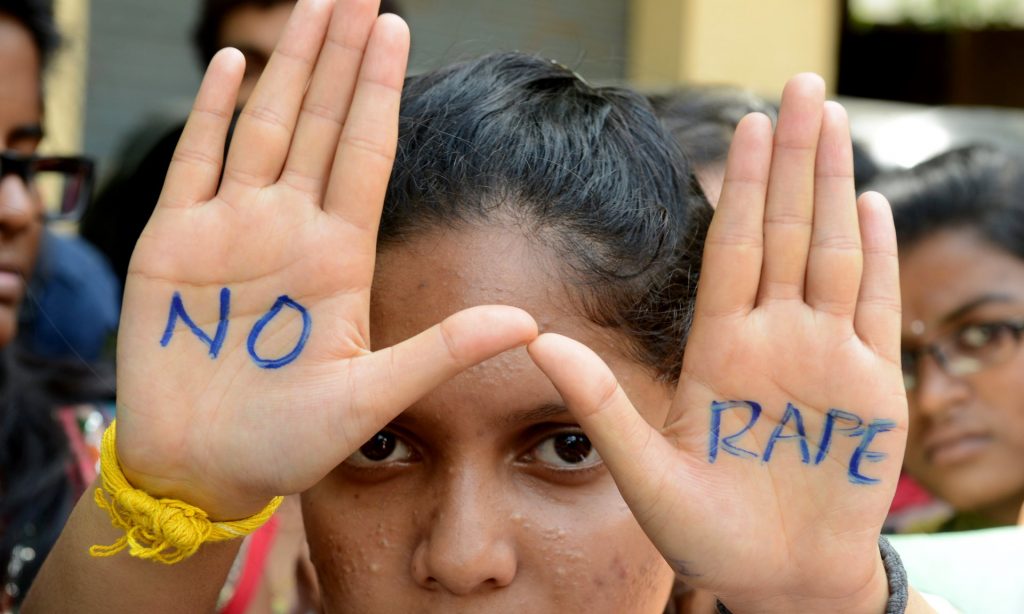The recently released crime statistics in South Africa are another reminder how the experience of violence shapes the lives of many women in our society. With 110 rape cases a day, the figures of sexual violence remain shockingly high and very often those wanting to intervene only perpetuate the problem of victim blaming.

Earlier this month police released crime statistics from the period April 2016 to December 2016. It was reported that sexual offences decreased by more than 2,500 cases and rape decreased in all provinces with the Northern Cape reporting the highest decrease of 14%. But gender activists have responded with anger stating that the decrease only points to fewer women reporting sexual offences and the deterioration of faith in the justice system.
It is difficult to find realistic evidence to celebrate any progress in the fight against sexual violence. However, there are numerous initiatives that are crucial in this fight.
Supporting survivors in their process of healing is demanding work and individuals working in this field deserve all our respect. However, such interventions also raise an important question:
What can be done to prevent sexual violence?
The idea of prevention is to address problems before they occur and consequently, preventing sexual violence means to address its causal factors before it even happens. However, it is incredibly difficult to identify the root causes of sexual violence and even psychologists struggle to come up with a satisfying explanation.
In an attempt to prevent any act of sexual violence, it would seem reasonable to address the (potential) perpetrators. But interestingly, many interventions or campaigns in this field focus on addressing potential victims instead. This could be due to the idea that any attempt to change perpetrators will be in vain. But when questioned, how any intervention aiming to change a potential victim will prevent sexual violence, many organisations struggle to provide logical reasons.
The idea that empowering girls and women can protect them is linked to the argument that certain characteristics of individuals increase their chances of becoming victimised, such as a low self-esteem or signs of depression. Essentially, such interventions are based on the assumption that individuals could do something to protect themselves from becoming victimised and somehow contributed to this experience.

